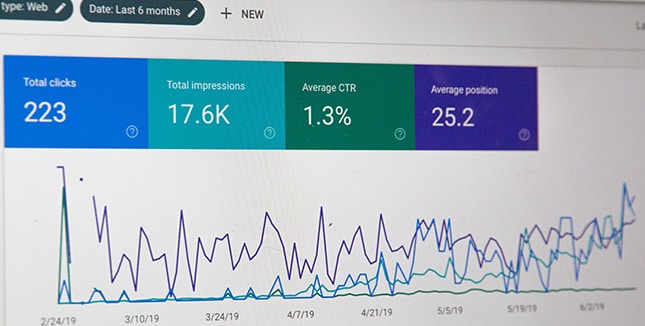Something old, something new
For the last few centuries economists developed plenty of concepts for assessing quality of business models, mostly based on numbers you could typically find in quarterly filings, company presentations and annual reports. But as Gordon Gekko put it in ‘Wall Street’ movie – “information is the most valuable commodity” in this data-driven world. And if you really want to beat the market you should be also looking at alternative datasets that many other analysts are still neglecting. One of these sources of precious information about the company is Glassdoor reviews that could give us valuable insights into how employees assess management, internal culture or outlook.
Methodology
We started tracking Glassdoor data in October 2017, so two full years have passed and we can already make the first conclusions. There are several metrics that reviews website is providing, but we concentrated on 4 of them – Company Overall Rating, CEO Approval, Business Outlook and Corporate Culture – as these have the highest significance for assessing the quality of the corporation. All metrics were normalized to the scale from 0% to 100% and average of those values was used as a combined rating. Universe was S&P 500, but we excluded companies that have less than 100 company reviews, also if company had less than 50 CEO reviews then this value was not taken into account for combined rating calculation. We also excluded companies that were acquired during these 2 years as this is a random factor that has no influence on the quality of results – equal amount of companies were acquired from top and bottom quintiles.
Results are surprisingly straight-forward and consistent
Combined Glassdoor rating has strong performance significance in top quintile – best companies deliver much better returns, especially on the 2 year horizon. For the bottom quintile, 10 worst firms had extremely negative performance, but for the next 90 companies returns are worse than the median, but the effect is not that profound.
Figure 1: Glassdoor rating (as of October 2017) of companies with share performance in the following years

Source: Hérens Quality Asset Management, Reuters
A look at the top quintile (Q1) and bottom quintile (Q5) explains the effect (Fig. 2). The bottom quintile shows a broad dispersion of stock performance. In contrast, the majority of stocks in the top quintile show a positive performance and also outperform (60%) the S&P 500 average return. In addition, the standard deviation in the top quintile is considerably lower.
Figure 2: Stock performance of companies in the top and bottom quintiles based on Glassdoor ratings.

Who would rank the best end of 2019
So the key finding is that applying Glassdoor combined rating as an overlay can significantly enhance portfolio return. Let’s look at the top 25 companies that rank best as of October 2019 and worth considering adding to your watchlist. Apart of very obvious cases like software giants Facebook (#1 two years ago), Microsoft and Alphabet that have way above average compensation packages, there are also REITs, healthcare, consumer finance, machinery and even an airline industry representatives. NER (not enough reviews) means there are below 50 CEO reviews.
Figure 3: Top-rated S&P 500 companies on Glassdoor as of October 2019.

Source: Hérens Quality Asset Management, Glassdoor; NER – not enough reviews
There is a strong correlation between labor intensity of the business and its combined Glassdoor rating – most represented sectors in Q1 (best) are technology 24%), financials (15%) and healthcare (14%), while in Q5 (worst) – Consumer Discretionary (24%) and Industrials (14%) having the highest weight.
What about Quality?
Quality companies per definition should have higher scores also in this framework and it is well confirmed with 72% average combined rating for our US portfolio which would fall in first quintile. But apart of highly ranked FAMGA (Facebook, Apple, Microsoft, Google, Amazon) ecosystem firms there are also poorly ranked logistics player Expeditors, electronic equipment manufacturer TE Connectivity and biggest US health insurer United Health.

Source: Hérens Quality Asset Management, Glassdoor
Conclusion
data is certainly valuable if you want to add some soft and dynamic factors that come from company insiders to your stock selection approach – it could significantly increase portfolio alpha and reduce volatility. Ratings are positively skewed towards technology sector and negatively for labor intensive businesses like retailers and manufacturing, so one possible strategy here would be choosing bestin-class company if you want to avoid industry biases. Another important trend is that companies with low Glassdoor ratings started to pay increased attention to improving them and though misleading prospective employees and investors. But these tactics could be well spotted by analyst that is applying decent diligence.
